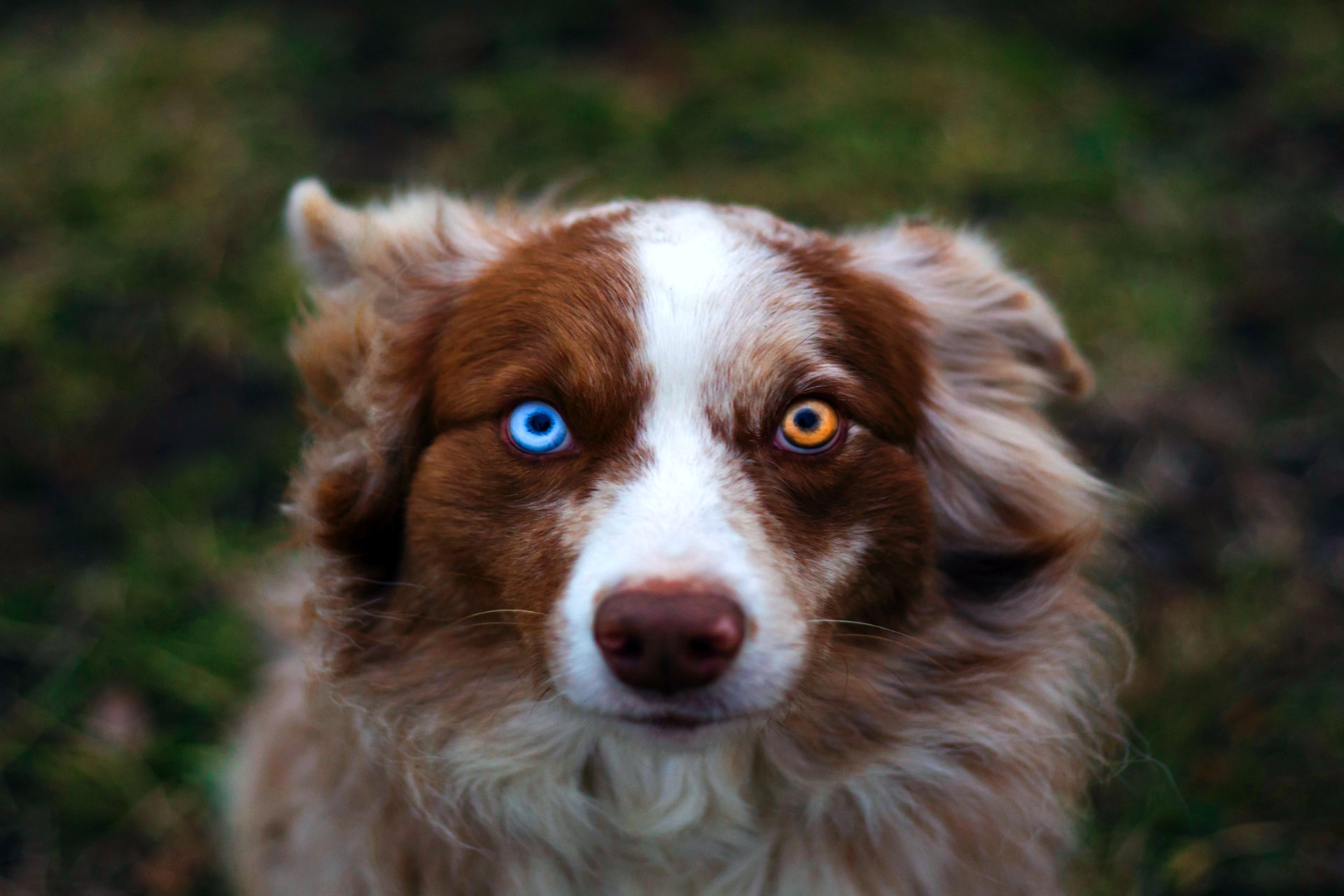Are you considering adding an Australian Shepherd to your family? Or perhaps you’re already an Aussie parent and want to learn more about this fascinating breed? This article delves into the history, traits, and characteristics of the Australian Shepherd, helping you understand these amazing dogs better. Keep reading to learn about this intelligent and athletic breed, and find out if the Aussie is the perfect match for your family and lifestyle.
Table of Contents
- History of the Australian Shepherd
- Physical Characteristics
- Personality Traits
- Caring for an Australian Shepherd
- Health and Lifespan
- Training and Exercise
History of the Australian Shepherd
Despite its name, the Australian Shepherd (commonly known as the Aussie) actually has its origins in the United States, specifically in the Western ranching regions during the 1800s. The breed was extensively used as a working dog, assisting with tending livestock and performing various tasks on ranches.
The Aussie’s ancestry is believed to include dogs from the Basque Country in Europe, as well as the British Isles, which were later imported to Australia. It is from Australia that these dogs acquired their name, as they were eventually brought to the United States by settlers and ranchers in the 1800s.
The Australian Shepherd’s popularity grew rapidly during the mid-1900s, especially after World War II, due to their incredible intellect, agile nature, and beauty. They became popular not only as working dogs but also as family pets and participants in canine sports competitions.
Physical Characteristics
The Australian Shepherd is a medium-sized breed with a well-balanced, solid, and muscular build. They have a striking appearance, with a body that is slightly longer than it is tall, resulting in a rectangular shape.
Distinct Features
- Coat: The Aussie has a medium-length, water-resistant double coat designed to protect them from the elements. This breed comes in a variety of striking colors and patterns, including blue merle, red merle, black, or red, often with white and tan markings.
- Eyes: One of the most captivating features of the Australian Shepherd is their eyes, which can come in a variety of colors, including blue, amber, green, or various shades of brown. They can also have heterochromia (two differently colored eyes) or marbled eyes, where multiple colors appear in one eye.
- Ears: The Aussie’s ears are moderately sized and triangular, set high on the head, and can be either fully erect or semi-erect with a gentle fold.
- Tail: Australian Shepherds are usually born with a naturally bobbed or docked tail, which will be short in length. However, some Aussies have a longer tail, which may be docked for working purposes or left natural.
Size and Proportions
Adult male Australian Shepherds typically stand between 20-23 inches (51-58 cm) at the shoulder, while females usually measure 18-21 inches (46-53 cm). Males generally weigh between 50-65 pounds (23-29 kg), and females weigh 40-55 pounds (18-25 kg).
Personality Traits
The Australian Shepherd is known for its intelligence, loyalty, and boundless energy. Their strong herding instincts often translate into a dog that is protective and eager to please their family.
Temperament
A well-socialized Aussie will be friendly and outgoing, though they may be initially reserved around strangers until they become familiar with them. Their protective instincts can make them excellent watchdogs, but it is crucial to manage this trait to prevent excessive guarding behavior.
High Energy and Intelligence
The Aussie’s intellect and energy require mental and physical stimulation to keep them from becoming bored and developing destructive behaviors. This breed is well-suited for an active and committed owner who is willing to engage their dog in activities and training.
Affectionate and Loyal
When it comes to their family, Australian Shepherds are known for their unwavering loyalty and strong bond with their humans. Many people find this characteristic endearing and a perfect fit for a social and active lifestyle.
Caring for an Australian Shepherd
Grooming and Maintenance
Aussies require regular grooming, including brushing their thick, double coat at least once a week to remove dead hair and prevent matting. This breed’s coat is water-resistant, so they do not need frequent baths – a bath every couple of months will suffice. However, it is essential to regularly check their ears for debris or signs of infection and trim their nails, typically every few weeks.
Diet and Nutrition
A balanced, high-quality diet appropriate for their age and activity level is essential for the Australian Shepherd’s overall well-being. Due to their high energy level, they may require more calories than other breeds of the same size.
Health and Lifespan
With proper care and regular veterinary check-ups, Australian Shepherds typically have a lifespan of 12-15 years. Although they are a relatively healthy breed, they can be prone to certain genetic health conditions, including:
- Hip Dysplasia
- Progressive Retinal Atrophy (PRA)
- Collie Eye Anomaly (CEA)
Working with a responsible breeder can help minimize the risk of these conditions, and regular veterinary care can help detect and manage any health issues that may arise.
Training and Exercise
Physical and Mental Stimulation
Given their high energy and intellect, Australian Shepherds require a significant amount of daily exercise and mental stimulation to remain happy and well-behaved. They excel in activities such as herding, agility, obedience, and search and rescue.
Socialization and Training
Early socialization and consistent positive reinforcement training are essential for the Australian Shepherd. Because of their intelligence, they often respond well to commands and can be quick learners. For this breed’s best behavior, it is crucial to establish a strong leadership role and consistency in their training.
In conclusion, the Australian Shepherd is an intelligent, athletic, and deeply loyal dog that can make a wonderful companion for a committed and active family. Understanding this breed’s traits and characteristics will not only help you determine if an Aussie is right for you—but will also ensure a harmonious and loving relationship with your four-legged friend.
